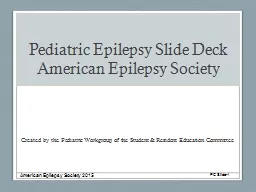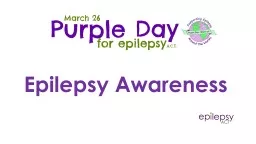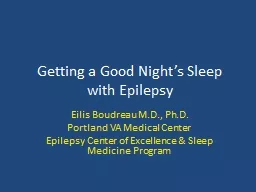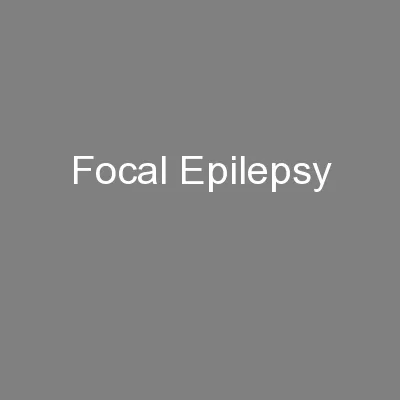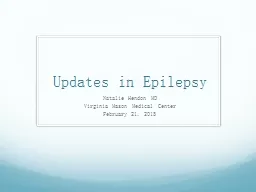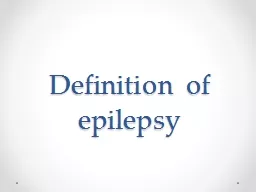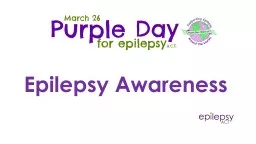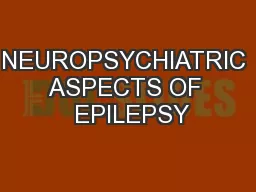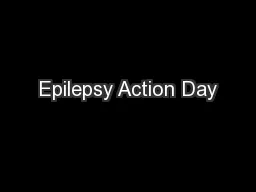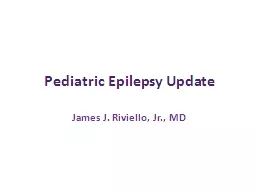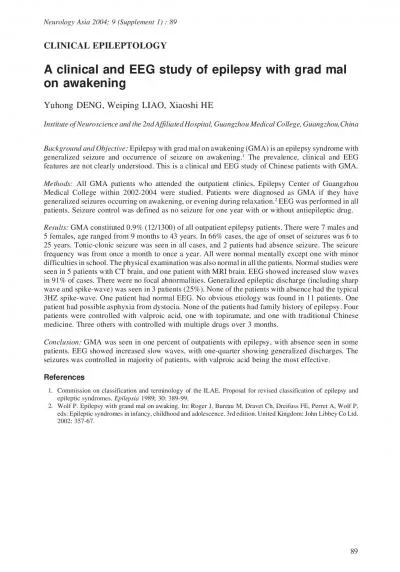PPT-Pediatric Epilepsy Slide Deck
Author : faustina-dinatale | Published Date : 2018-11-05
American Epilepsy Society Created by the Pediatric Workgroup of the Student amp Resident Education C ommittee American Epilepsy Society 2015 PC Slide 1 O utline
Presentation Embed Code
Download Presentation
Download Presentation The PPT/PDF document "Pediatric Epilepsy Slide Deck" is the property of its rightful owner. Permission is granted to download and print the materials on this website for personal, non-commercial use only, and to display it on your personal computer provided you do not modify the materials and that you retain all copyright notices contained in the materials. By downloading content from our website, you accept the terms of this agreement.
Pediatric Epilepsy Slide Deck: Transcript
Download Rules Of Document
"Pediatric Epilepsy Slide Deck"The content belongs to its owner. You may download and print it for personal use, without modification, and keep all copyright notices. By downloading, you agree to these terms.
Related Documents

